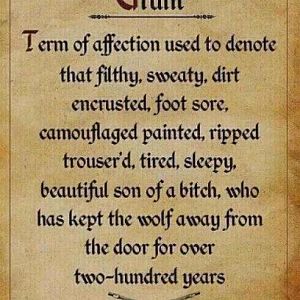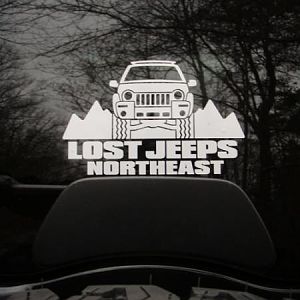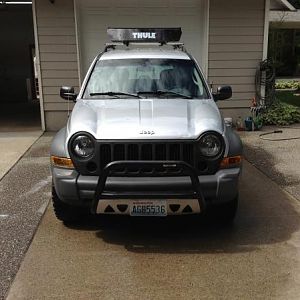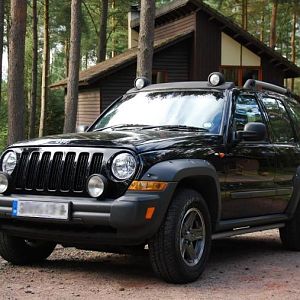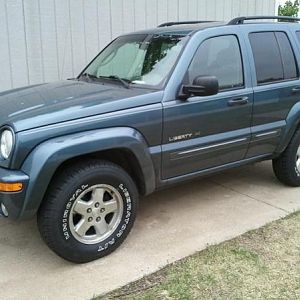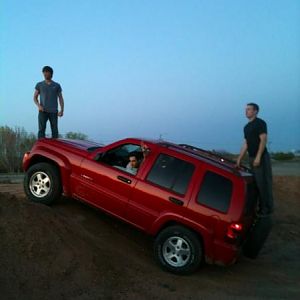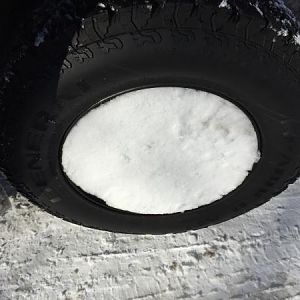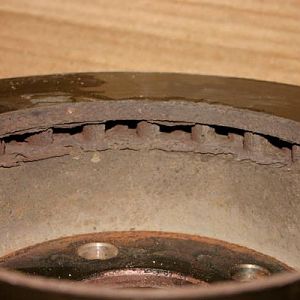Keseleth
Full Access Member
Hey all,
My KJ gave me a nasty surprise on Friday, and I had to have a new radiator, thermostat, and trans cooler hose put in. Now that I've got it home, I was going to finish the job by replacing the radiator hoses and water pump myself, but I discovered that the shop put in 'Shellzone Multi-Vehicle antifreeze.'
I've never heard of this stuff, and as I need to replace the water pump, I need to know if I can just top it off with Zerex when I swap out the pump, or if they put in the wrong type. :shrug:
Any help would be much appreciated!
For the curious, I was driving to work when smoke starting coming from under the hood. Popping the hood revealed fluid all over the bottom of the engine compartment and continuing to pour onto the ground. I couldn't see where it was coming from, so I hopped back in and chanced a drive to a nearby shop (a Brakemax). They took a look and discovered my transmission cooler hose had burst a hole in the side, my radiator had cracked, the water pump was leaking, and the radiator hoses were bulging. There had been no check-engine light, no funny sounds, no indicators of any kind that something was wrong beforehand. :mad3:
They quoted me $1400-ish to fix everything. I've got zero money, so I told them to just fix it enough so I could hobble it home, and I'd do the rest myself. That dropped it to $965 (Gah! kill me kill me kill me....), which I had to use plastic money for. Then, as I'm looking for a good deal on Zerex G-05, I decide to check what the shop put in, and here I am. Oh yes... when I arrived at the shop, I locked my keys in the Jeep. So, that was my Friday.
Anyway, thanks again for any help.
*2003 4x4 Renegade 3.7L V6*
My KJ gave me a nasty surprise on Friday, and I had to have a new radiator, thermostat, and trans cooler hose put in. Now that I've got it home, I was going to finish the job by replacing the radiator hoses and water pump myself, but I discovered that the shop put in 'Shellzone Multi-Vehicle antifreeze.'
I've never heard of this stuff, and as I need to replace the water pump, I need to know if I can just top it off with Zerex when I swap out the pump, or if they put in the wrong type. :shrug:
Any help would be much appreciated!
For the curious, I was driving to work when smoke starting coming from under the hood. Popping the hood revealed fluid all over the bottom of the engine compartment and continuing to pour onto the ground. I couldn't see where it was coming from, so I hopped back in and chanced a drive to a nearby shop (a Brakemax). They took a look and discovered my transmission cooler hose had burst a hole in the side, my radiator had cracked, the water pump was leaking, and the radiator hoses were bulging. There had been no check-engine light, no funny sounds, no indicators of any kind that something was wrong beforehand. :mad3:
They quoted me $1400-ish to fix everything. I've got zero money, so I told them to just fix it enough so I could hobble it home, and I'd do the rest myself. That dropped it to $965 (Gah! kill me kill me kill me....), which I had to use plastic money for. Then, as I'm looking for a good deal on Zerex G-05, I decide to check what the shop put in, and here I am. Oh yes... when I arrived at the shop, I locked my keys in the Jeep. So, that was my Friday.
Anyway, thanks again for any help.
*2003 4x4 Renegade 3.7L V6*


